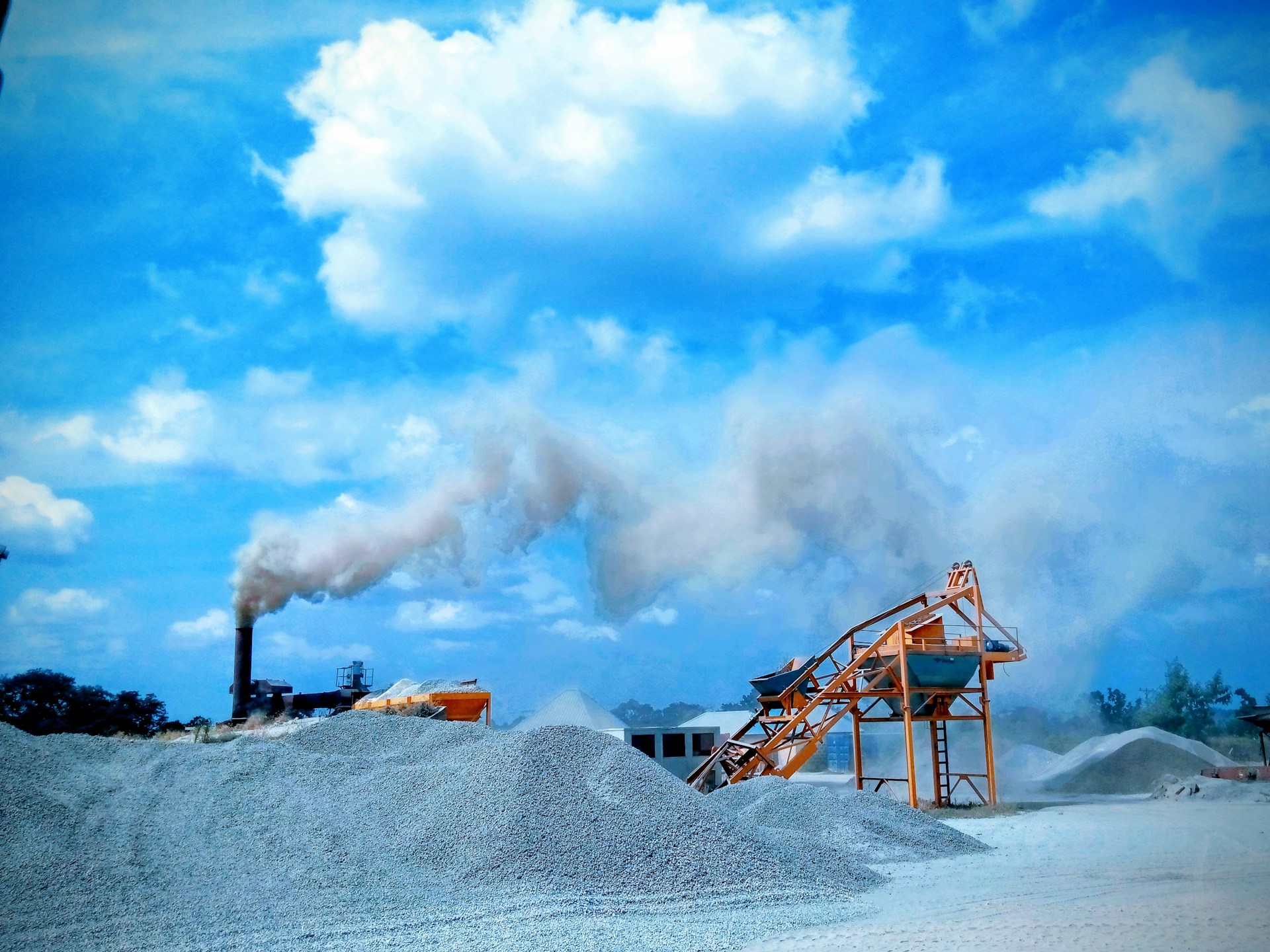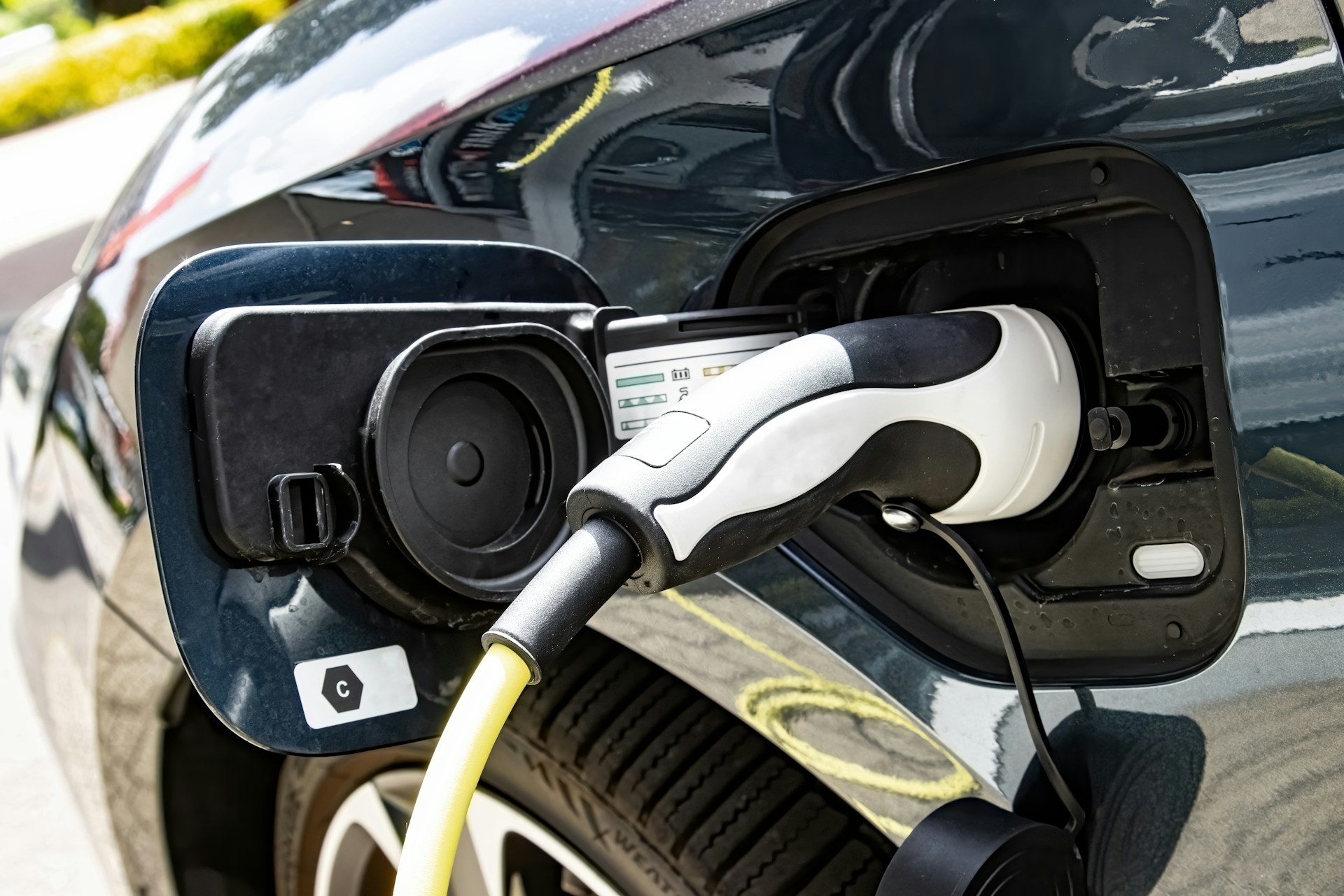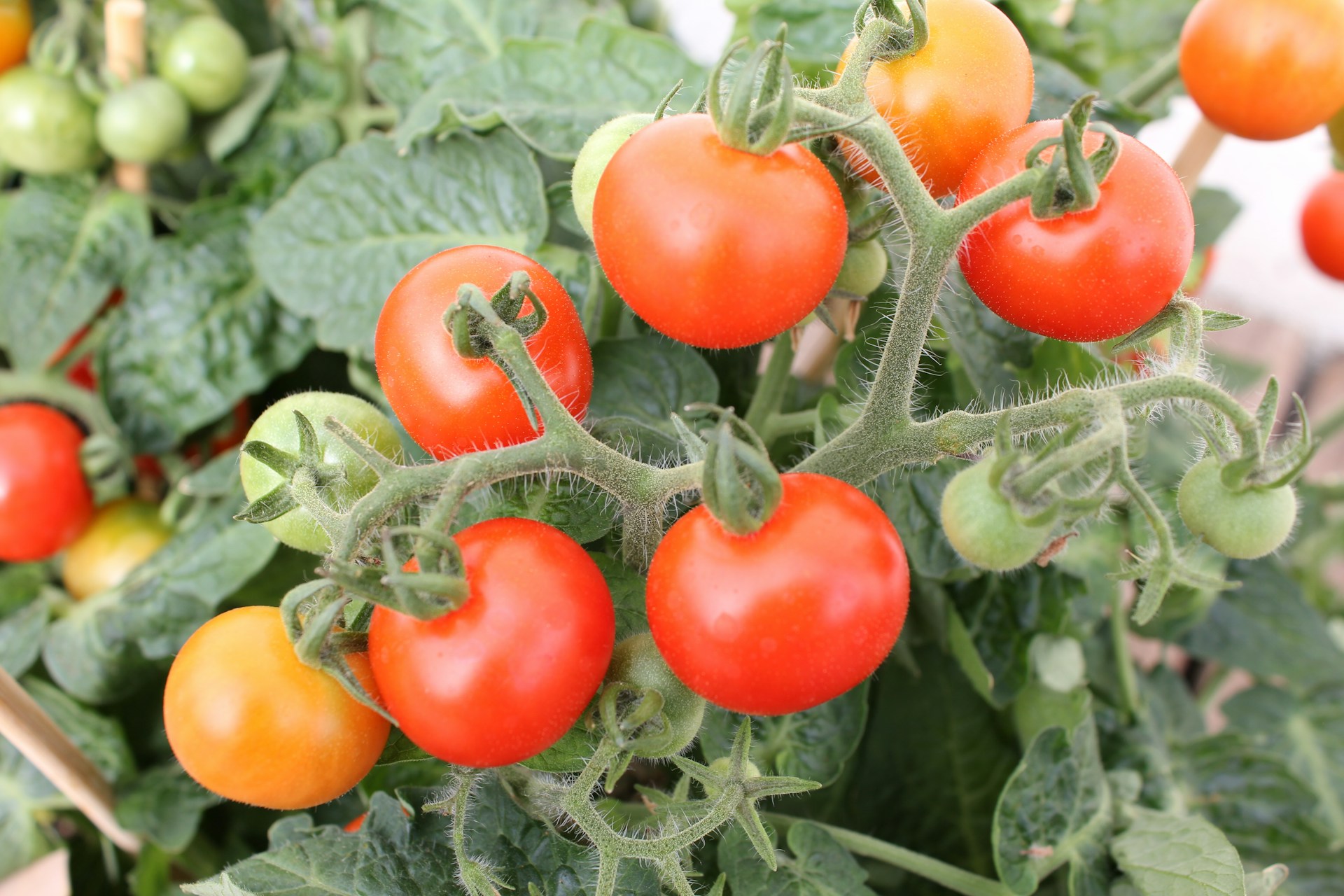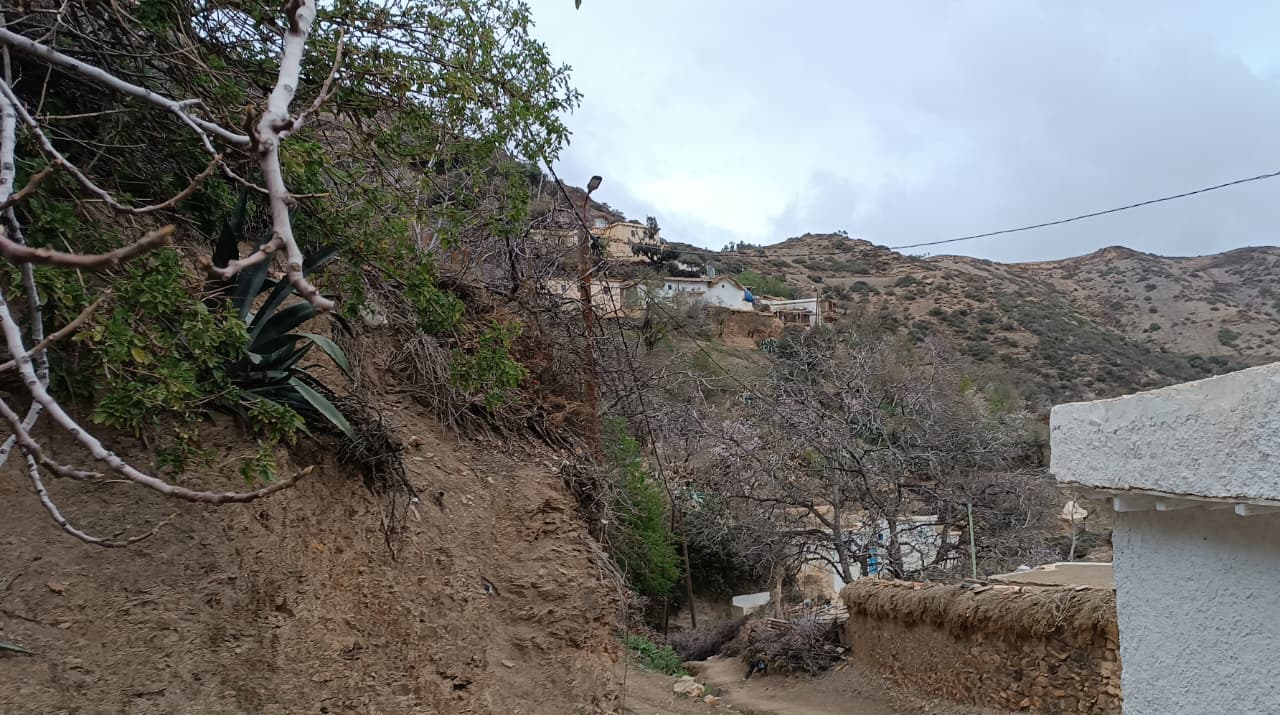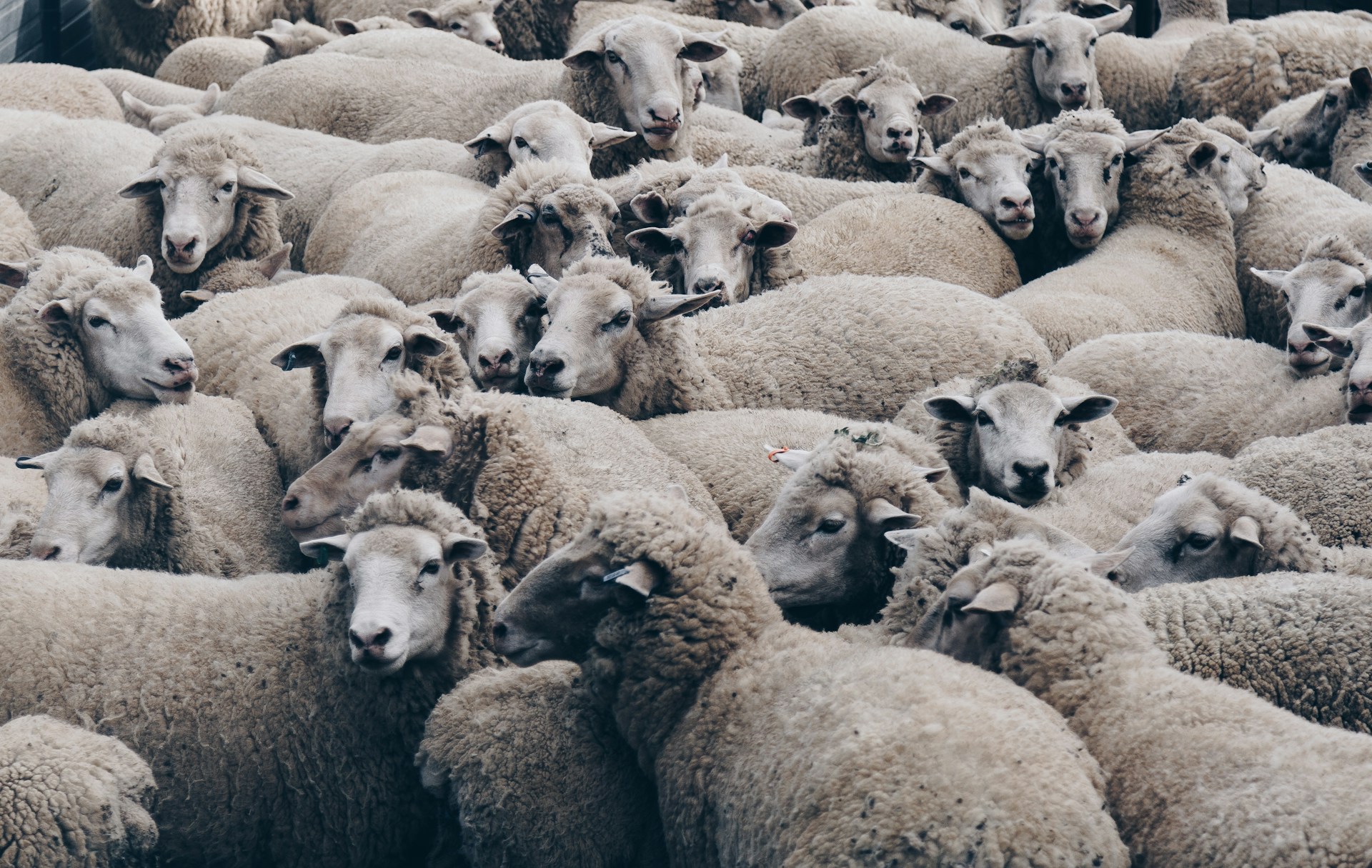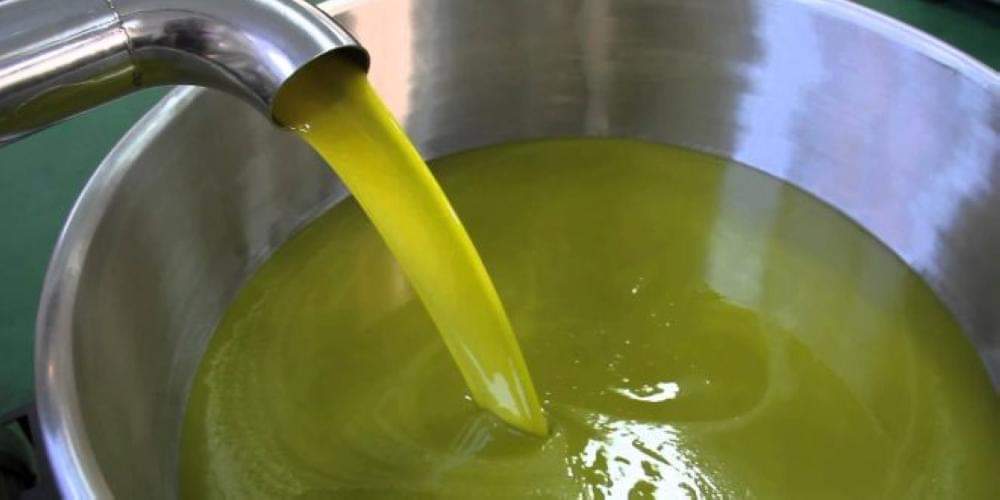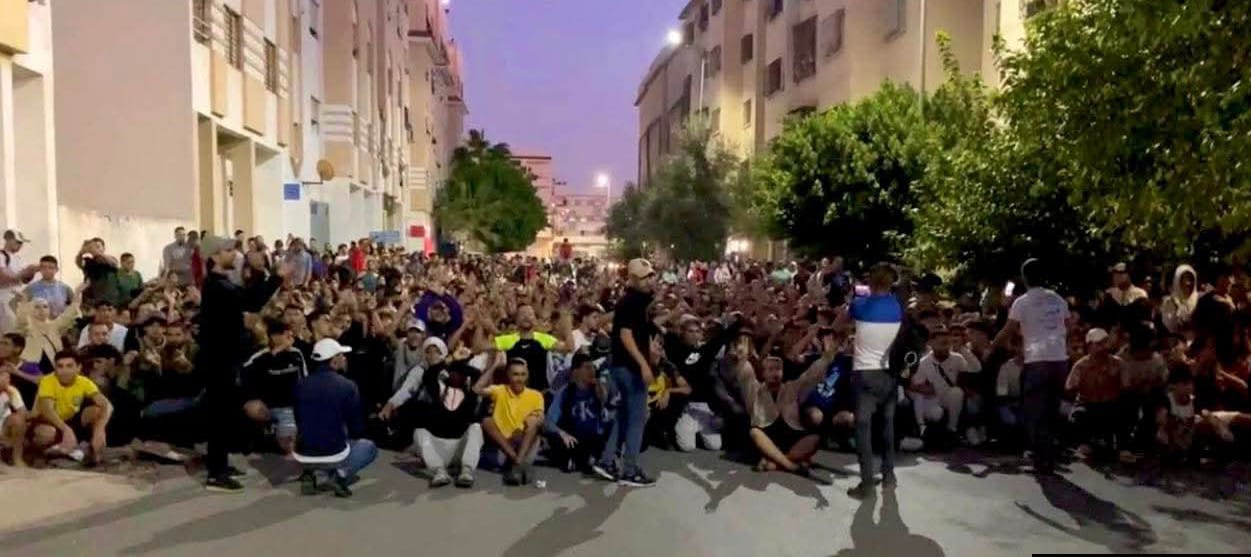Casablanca – Rural Morocco is evolving rapidly, yet significant disparities remain in population distribution, infrastructure, and access to essential services, according to recent data from the 2024 General Population and Housing Census (RGPH 2024) compiled by the High Commission for Planning (HCP). Covering 33,189 rural settlements, or douars, the census provides the most comprehensive statistical and geospatial portrait of the country’s countryside to date, representing over 13.55 million inhabitants.
Population and settlement patterns
Rural residents account for 37.2% of Morocco’s total population, distributed across a variety of settlement types. Clustered douars, where homes are located close together, host 46.6% of rural inhabitants, approximately 6.3 million people. Semi-dispersed douars accommodate 37.9% (around 5.1 million), while fully dispersed settlements, characterized by homes separated by more than 100 meters, house 15.5%, equivalent to 2.1 million citizens.
The average number of douars per commune stands at 25.9 but varies significantly by region. Souss-Massa leads the country with 35.5 douars per commune, reflecting a historically dense rural settlement pattern, while southern regions such as Laâyoune-Sakia El Hamra and Dakhla-Oued Ed-Dahab have averages of only 1.9 and 3.0 douars per commune, respectively. Structurally, 57.5% of douars are clustered, 25.5% are semi-dispersed, and 16.9% are dispersed.
Size and role of douars
Medium-sized douars, containing between 30 and 500 households, make up two-thirds of all rural settlements and host nearly 80% of the rural population. Small douars, while numerous—representing 31.8% of settlements—account for only 4.8% of residents. Large douars, though representing a mere 1.7% of total settlements, are home to more than 16% of the rural population. These larger settlements act as local hubs, concentrating economic activity and serving as focal points for development.
Demographic shifts
Rural Morocco is undergoing a subtle but clear demographic transformation. The proportion of children under 15 declined from 31.4% in 2014 to 29.6% in 2024, while the working-age population (15–59 years) slightly fell to 57.2%. At the same time, the elderly population (60 years and older) increased from 9.5% to 13.2%, indicating gradual aging. In 59.1% of douars, seniors now make up at least 13.8% of residents, affecting nearly half of the rural population. Despite this trend, youth remain present and active, with 43% of douars maintaining a proportion of young people above the national average.
Gender dynamics
The national sex ratio in rural areas is 103.3 men per 100 women. However, more than a third of douars have a female majority, largely due to male migration to cities or abroad. These “female-majority” settlements, encompassing nearly one-third of rural residents, highlight the importance of women’s economic empowerment and their growing role in rural society.
Infrastructure and access to services
Morocco has made significant progress in basic infrastructure in rural areas. Nearly 90% of douars are accessible by motorable roads, and 75% are served by paved roads. Electricity and drinking water coverage have reached near-universal levels, supported by long-term programs such as the Rural Electrification Program (PERG) and the water supply program PAGER, which have mobilized billions of dirhams in public investment.
Despite these improvements, access to services remains uneven. Only 8% of douars have a middle school within 2 km, and just 4–5% are near a qualifying high school. Healthcare access is limited: barely 36% of douars are within 5 km of a clinic. These gaps demonstrate that geographic connectivity does not automatically translate into equitable service delivery.
Regional disparities
Rural disparities remain pronounced across Morocco. Some areas, despite having near-universal road access and high rates of civil registration, still face significant challenges in service provision. For instance, in many rural settlements, over 46% are located more than 5 km from healthcare facilities, and only a small fraction have a middle school within 2 km. While certain zones benefit from better infrastructure and access to services, more remote and interior settlements continue to experience isolation, underscoring persistent inequalities in rural development.
Housing and modernization
Housing in rural Morocco is gradually modernizing. Approximately 75% of households now live in durable structures, and in over a third of douars, modern housing exceeds 75% of homes. Yet about 30% of douars still have a high proportion of precarious housing, emphasizing the need for targeted programs to address territorial inequalities.
The HCP’s findings paint a nuanced picture of rural Morocco: a landscape becoming more connected and modernized but still facing significant demographic, social, and territorial challenges. While infrastructure, housing, and civil registration have improved dramatically, disparities in education, healthcare, and economic opportunities persist, particularly in dispersed settlements and remote regions. Policymakers face the ongoing challenge of fostering equitable development that integrates aging populations, supports youth and women, and leverages rural hubs for sustainable growth.



